Repackaging Freeze-Dried Food
Repackaging freeze-dried food is a great way to invest in long-term food storage without being afraid to use the large cans.
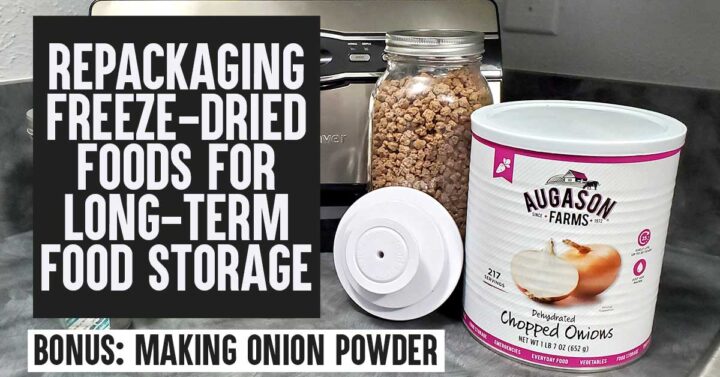
When I first began investing in long-term food storage for our family, I looked at containers full of food that I didn’t know how we would ever use.
They were large cans of diced food, or meals that we wouldn’t eat all within a few days, and I was afraid of opening a can simply because it might go to waste.
So, as I began to learn more about food storage and how it worked, I realized that I could actually USE this food storage, rotate through it, and save it all at the same time.
Watch this video to see how to seal freeze-dried foods for long-term storage in manageable sized containers.
(If you only see a red icon with a white arrow, that’s the video player, just click it and the video will begin playing in this screen).
You can follow my Youtube channel here to get other great ideas for food storage, dehydrating and more!
Options for Repacking Freeze Dried Foods
Double freezer bags
Place serving-sized freeze-dried foods in double layers of freezer bags, then store into airtight storage containers.
Vacuum seal in bags
Note: this portion is missing from the video
Place serving size portions (or more, depending on your needs) into vacuum seal bags and vacuum seal for long-term storage. Remember to place them in rodent-proof boxes.
You can also use mylar bags with O2 absorbers and skip the vacuum sealing.
Vaccum seal in Canning Jars
Vacuum sealer
Place the desired amount into mason jar of your choice, wipe the rim, vacuum seal.
O2 absorbers
Place the desired amount of freeze-dried product into jars, use the appropriate amount of O2 absorber for the size of the jar (you can find that info here), wipe rim, close jar. Do this pretty quickly so that you don’t waste the O2 absorber.
How Long Will It Last?
Freeze dried companies say that once you open the can, you’ve got about a year in a properly sealed container.
However, if you put it back in with an O2 absorber or vacuum seal it, you’ll likely get more than just a year out of it as long as you control the moisture going in and out of it.
Just know that you can’t expect 25 years ago, but simply rotate through it in a timely fashion!
Label everything!
Make sure you label jars or bags with the amount of freeze-dried product, what the product is, and the date you preserved it (or the date you expect to use it by – whichever works for your preferred record keeping).
Learn More: How to properly store dehydrated foods.

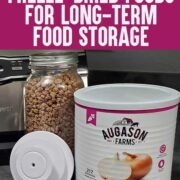

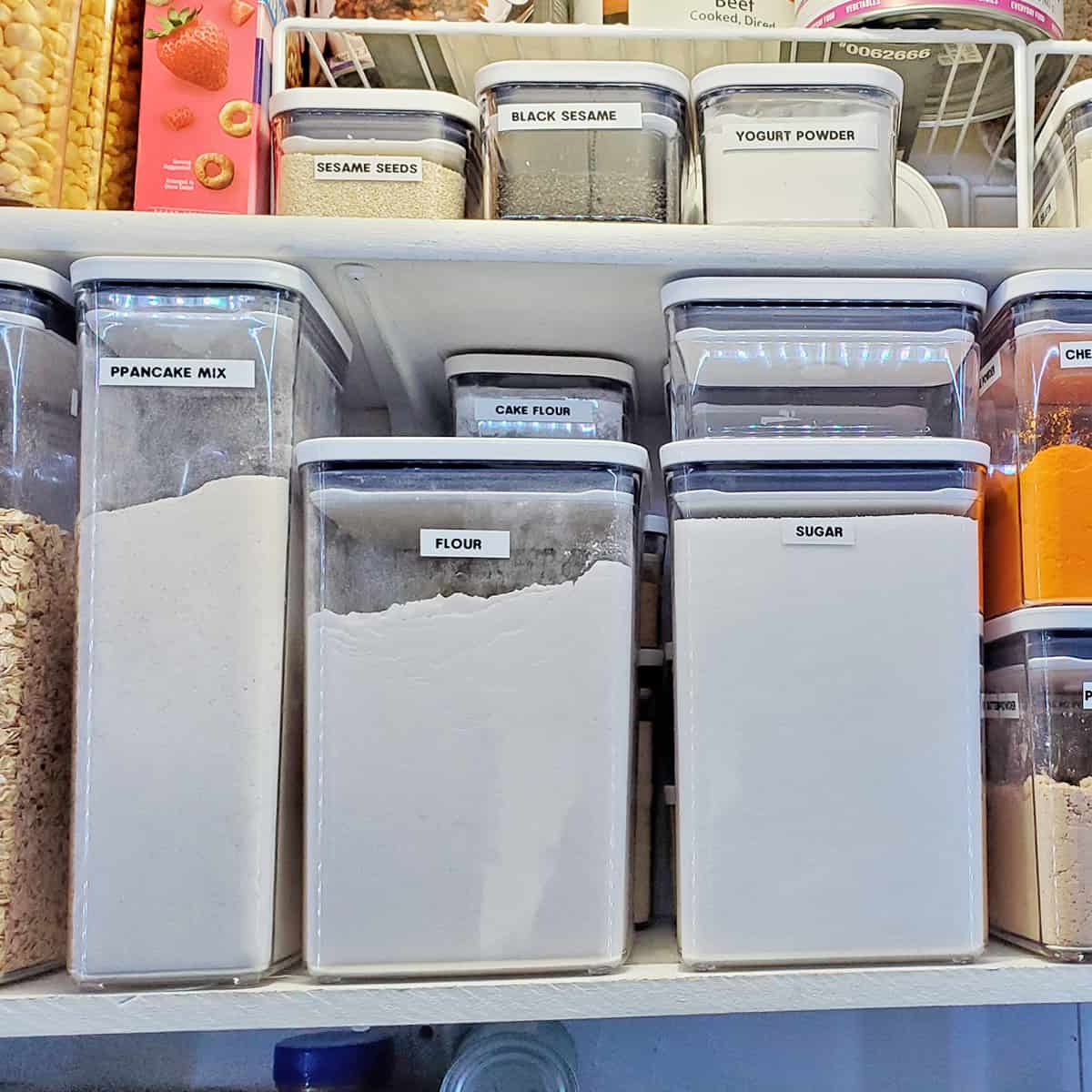

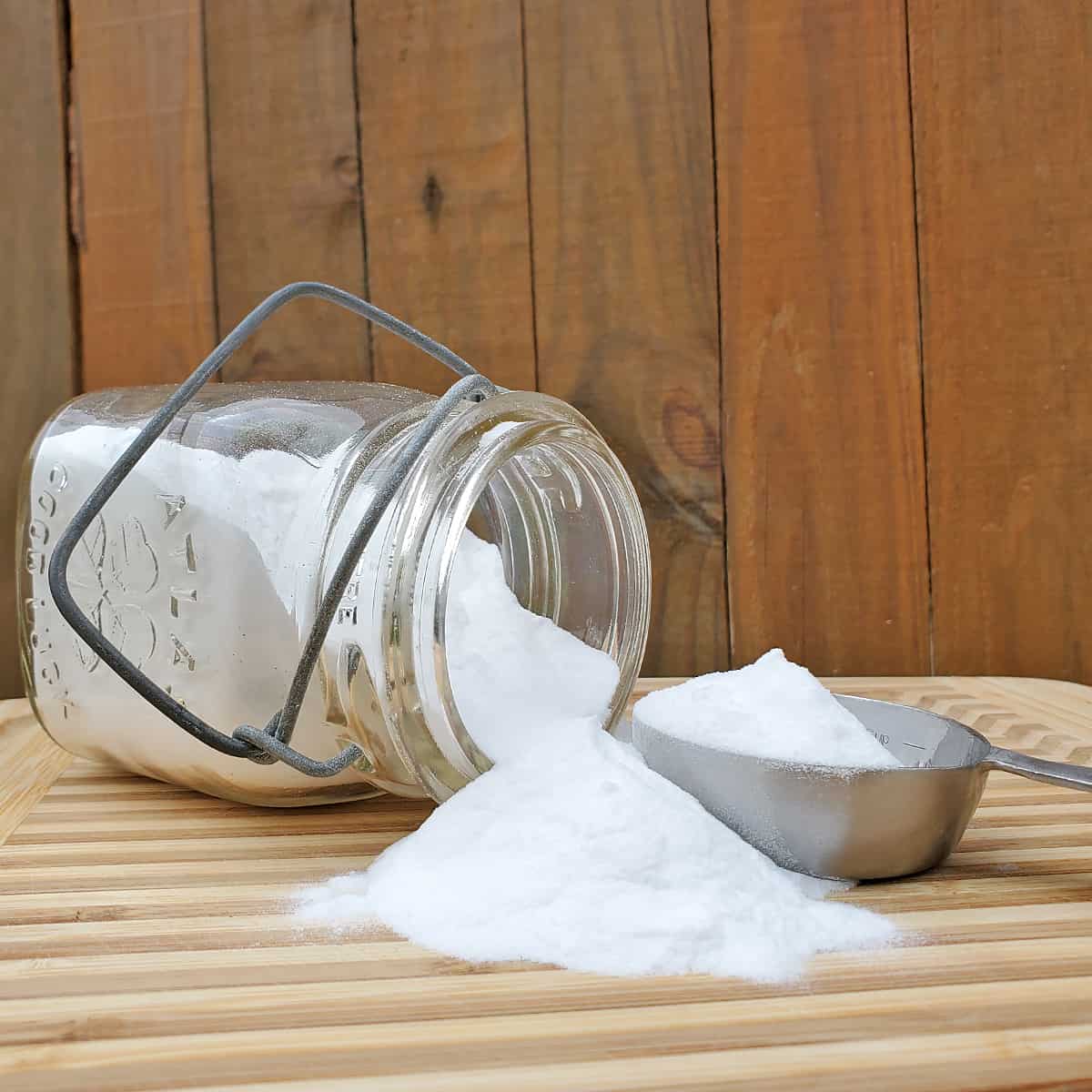
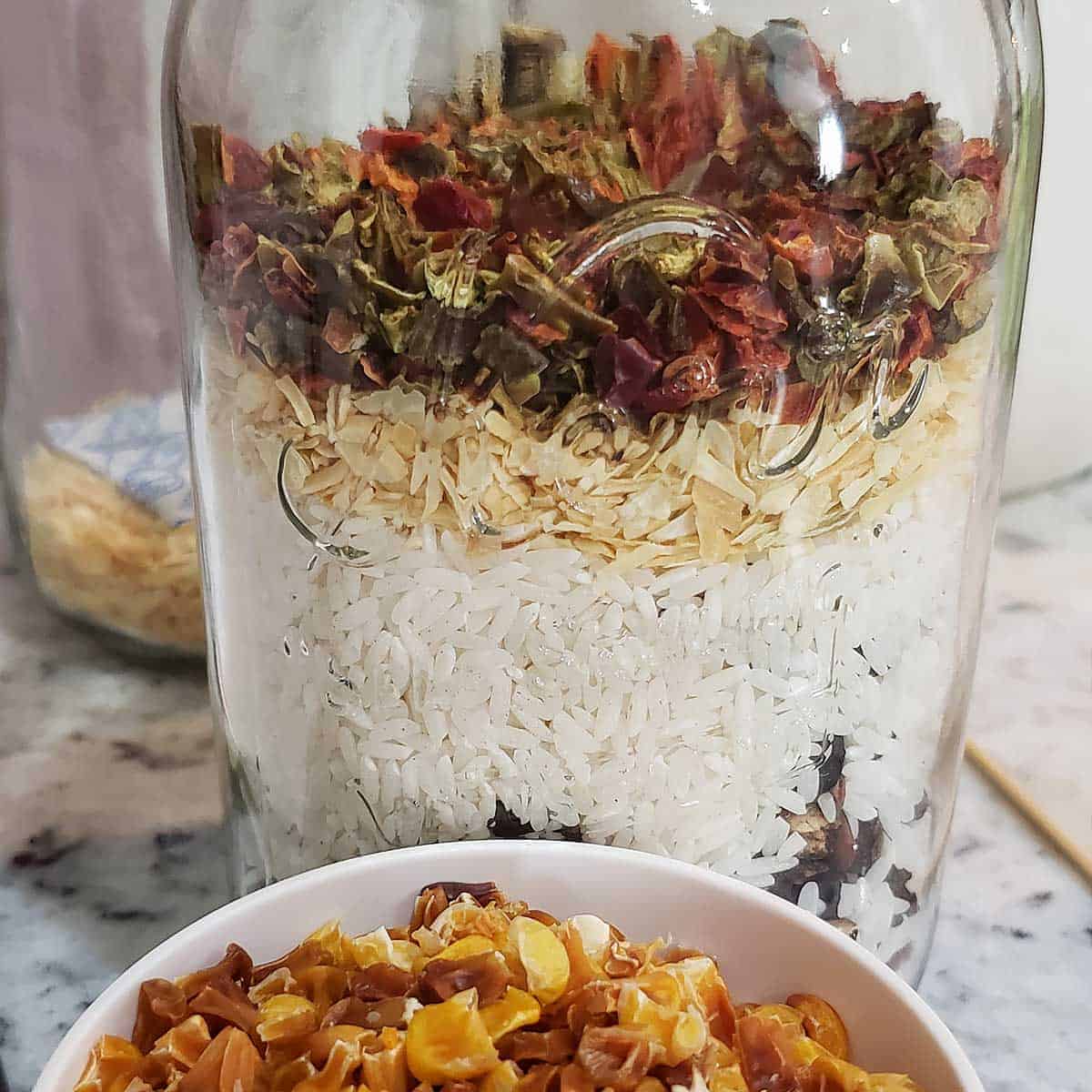
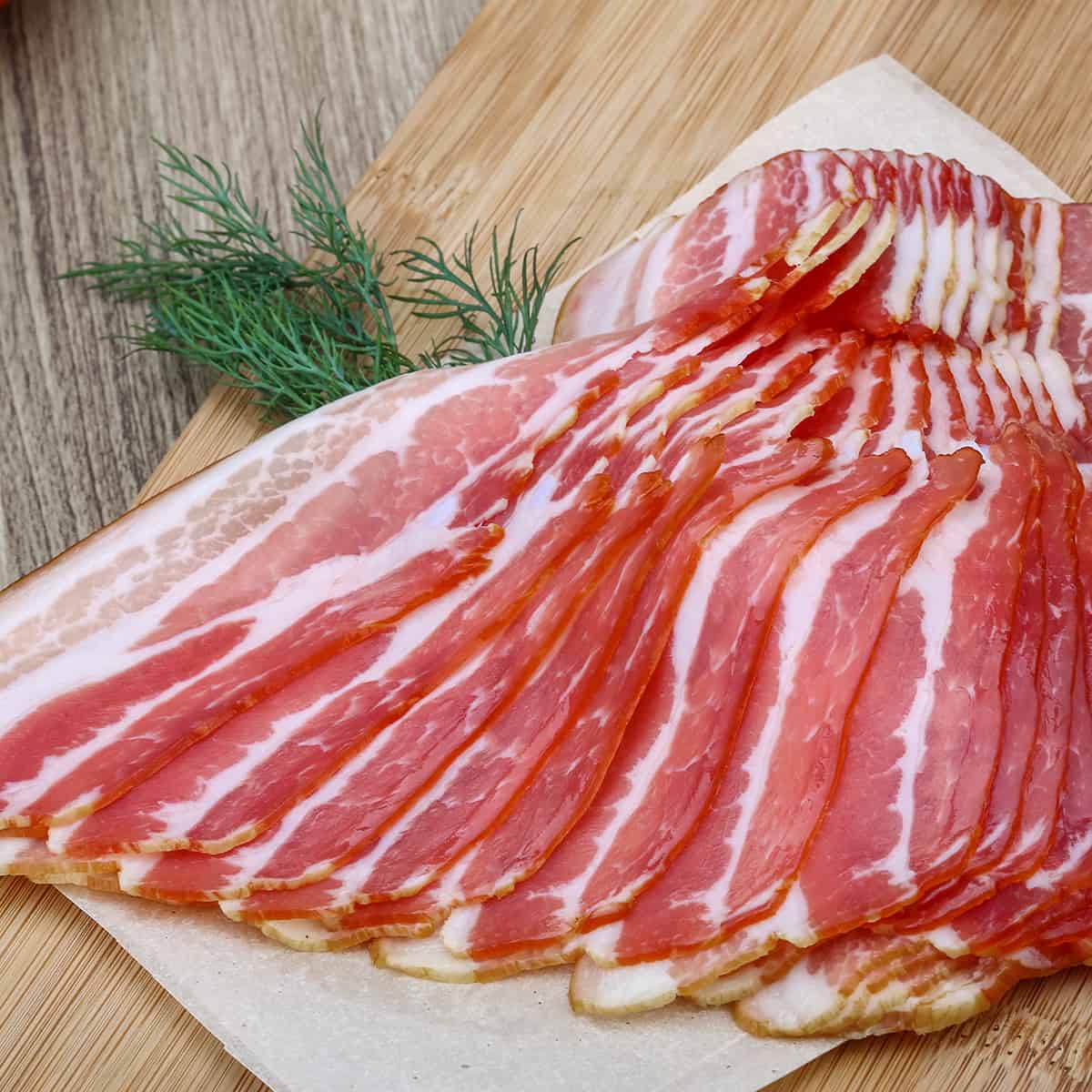
the timing of this video is great. mom’s insurance will pay for her to get some of the foods in these cans, and she’s very excited about it, she was also very excited when I told her I got the instructions, and said to tell you thank you for providing them.
When having left overs from the can, can you store some in air-tight plastic reusable containers with OA BPA free, I don’t have room for all those jars. I figured you can stack the containers. Also can you store powders in the same containers only with moisture absorbers. Can you do this for long term or short term. What’s considered short term 2 years? Thank you well appreciated.
Generally plastic is not considered air tight, but air permeable, so I wouldn’t recommend storing in plastic with an OA. You can use mylar bags instead. You can use moisture absorbers, but those cans aren’t necessarily air tight with that lid, so moisture is going to get in and settle.
I have a question. Do I have to add O2 absorbers to my mason jars after filling with freeze dried or dehydrated foods for long term. Can I use a desiccant pack instead?
Here’s how to store dehydrated food and what you need to use:
https://www.thepurposefulpantry.com/how-to-store-dehydrated-foods/
Great video! New to your page, but so excited to learn more. When you vacuum seal a jar, do you have to use a new unused lid? Or could you reuse a lid that was used for canning? (I know you mentioned you can reuse it after you’ve vacuumed sealed it…)
Thanks so much!
Any lid can be used as long as it has not been bent or worn out. Just don’t use these lids to can with.
You kept referring to this can of onions as “freeze dried.” However, the label clearly states the can contains “dehydrated” onions. Consumer beware and become label readers so you know what you’re buying…
Yes, in fact it is dehydrated. But the vast majority of the food that comes from these places is freeze-dried, it all stores the same, regardless, and it wasn’t about the onions, but about the general product and how it can be repackaged. No one was trying to pull anything over on you at all.
Thank you for this video. I have some #10 cans but always had the fear of opening and wasting the food. I was able to get the jar sealers so now I just need to be able to find jars and lids!!
Once you have made the onion powder, how do you “seal” it? or do you just use an O2 absorber in the jars?
I don’t. I just close it. There is a new video coming next Tuesday on how to deal with powders, but I don’t use O2 absorbers. The most I would do is add a desiccant pack to it to help control any moisture. I don’t do powders to last long enough to bother using O2 absorbers because they are for long-term storage only, and whole foods are better to store for long-term than their powders. Powder on demand.
Here’s info on storing food: https://www.thepurposefulpantry.com/how-to-store-dehydrated-foods/